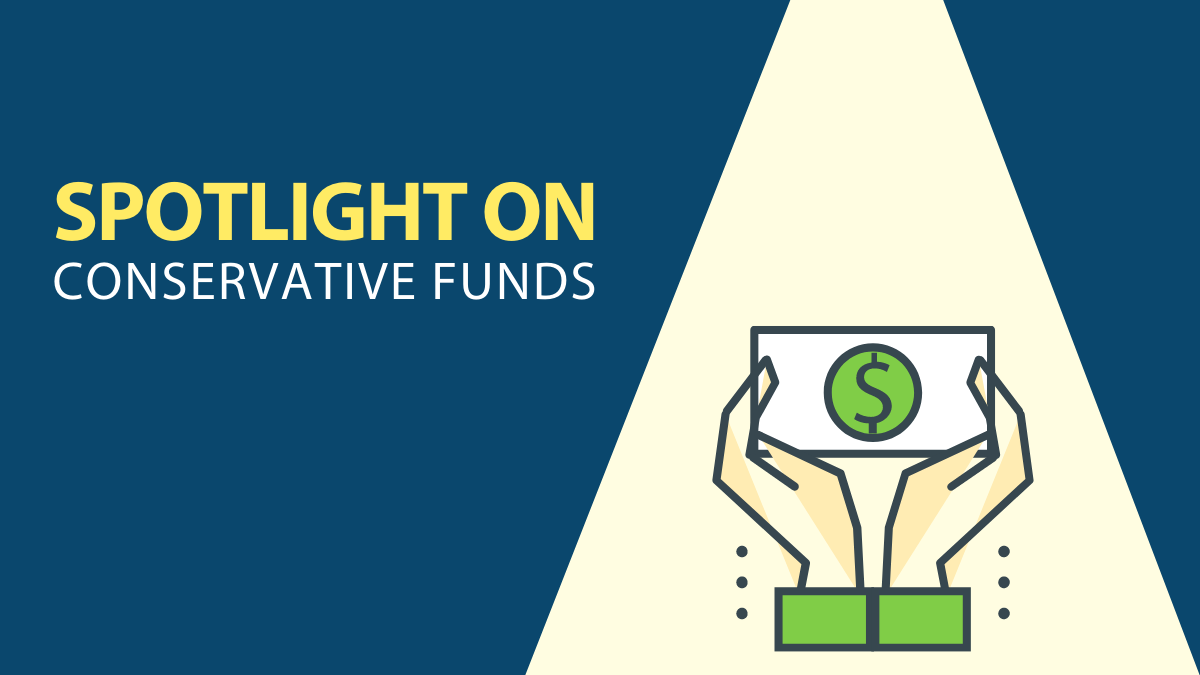-
Consumer
-
Investing
- Investing basics
- Deciding how to invest
- Ethical investing
- Managing your investment
- Online investing platforms
-
Types of investments
- Bank regulatory capital
- Binary options
- Bonds
- Cash investments
- Crowdfunding
- Cryptocurrencies
- Derivatives
- Exchange-traded funds
- Foreign exchange trading
- Gold and other commodities
- Investment software packages and seminars
- Managed funds
- Peer-to-peer lending
- Property investment
- Property syndicates
- Shares
- Wholesale investments
- Getting advice
- Everyday finance
- KiwiSaver & Superannuation
- Unregistered businesses
-
Investing
-
Finance professionals
-
Services
- Accredited bodies
- Administrators of financial benchmarks
- Auditors
- Authorised body under a financial advice provider licence
- Client money or property services provider
- Climate Reporting Entities (CREs)
- Crowdfunding service providers
- Crypto asset service providers
- Directors
- Derivatives issuers
- Discretionary Investment Management Service (DIMS)
- e-money and payment service providers
- Financial advice provider
- Financial adviser
- Financial Institutions
- Financial market infrastructures
- Independent trustees
- Interposed persons under the financial advice regime
- Managed investment scheme manager
- Market operators
- Offer disclosure for equity and debt offers
- Offers of financial products
- Peer-to-peer lending service providers
- Supervisors
- Focus areas
- Legislation
- Licensed & reporting entities
- Online Services
-
Services
-
About
- People & leadership
- Board
- Regulatory approach
- Enforcing the law
- Investor capability
- Corporate publications
- Careers Document library
- News & Insights Document library
- Scams Document library
-
Contact
- When to contact us
- Make a complaint
- Official Information Act (OIA) requests
- Make a protected disclosure (whistleblowing)
- Frequently asked questions
24 June 2024
Spotlight on: Conservative Funds

By FMA Editorial Team
The most important thing you can do with your KiwiSaver is making sure you’re in the right fund. It makes a big difference over the long term and what’s right for you will change as you get older and nearer to when you’ll need to get your money out.
In our new ‘Spotlight’ series, we’re looking at the different kinds of KiwiSaver funds out there and exploring how they work.
Today we’re checking out CONSERVATIVE funds.
What is a conservative fund — and who is it most suitable for?
A conservative fund is usually the right pick if you’re going to need access to your money fairly soon or if you have low tolerance for ups and downs in your fund’s value.
If you’re willing to take on some changes in value and looking for modest long-term returns, then a conservative fund is probably best. But how soon do you need it? Usually, two to six years is the advice for picking one of these funds.
A conservative investment is when fund managers buy a mix of lower-risk investments that come with more typically lower, fixed returns, like bonds and cash. They’ll buy fewer higher-return, more volatile investments like shares and property. The goal with a conservative fund is moderate to low returns over a shorter time frame.
The amount of time matters because if you’re hoping to spend your money soon – for instance, to buy your first home, then you don’t want too many ups or downs. Higher risk growth funds are more suitable for getting those longer-term returns.
FMA Director of Markets, Investors and Reporting, John Horner, says it’s true that picking a conservative fund will likely mean lower returns, but there are times in your life when this is the right approach.
“If you’re getting closer to retirement or buying that first home, it’s time to start thinking about a more conservative fund,” he said. “If you’re looking at potential houses or planning your retirement spending, then you want your KiwiSaver balance to be more predictable. You are thinking just as much, if not more, about the balance you have already accumulated rather than the potential for extra returns. It’s much easier to plan if you’re confident there won’t be any big swings affecting the value in what you have.“
Let’s get technical
A more technical description of a conservative fund looks at the mix of income and growth assets it contains.
A target investment mix might be 30% growth assets and 70% income assets. This ratio isn’t set in stone, conservative funds will fall within a range of having 10% to 34.9% in growth assets.
Income assets are things like bonds and cash, which pay a specified rate of return. Growth means shares in companies (internationally and locally) along with property and other types of investing including infrastructure and private equity. Growth assets are higher risk —when they grow, they can grow big - with better returns. But the more growth assets you’ve got in your fund, the more volatile it will be.
Shares are higher risk and do promise higher returns, but you’ll find fewer of them in a conservative fund than in other, more growth-oriented investments. There’ll be a bigger slice taken up by investments in bonds and cash.
Useful links:
- Sorted's KiwiSaver Fund Finder is a great way to identify the right fund for you or compare funds
- Have time on your side? You may be interested in our Spotlight on Growth funds
- Need access to your funds in 5-10 years? Read our Spotlight Balanced funds
